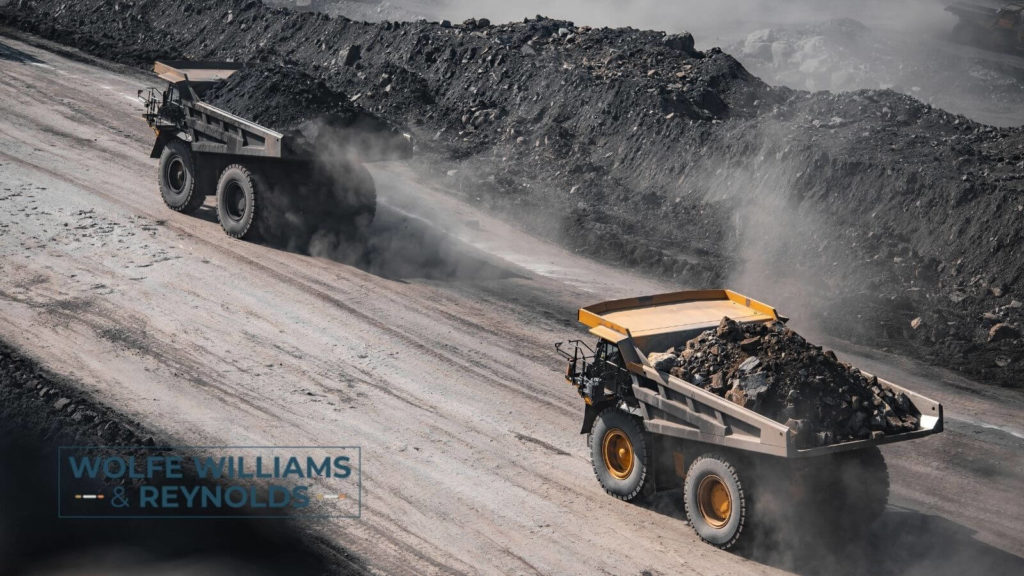
As countless coal workers are initially diagnosed, suffer symptoms, and die from black lung disease, preventative measures represent the key to reducing, if not eliminating, this deadly disease. The news came too late for many as there currently is no cure for pneumoconiosis, also known as black lung disease.
Miners are left limited in their jobs if they can even perform the tasks at all. Life has changed and now includes appointments with health care providers and ongoing monitoring of their lungs to identify worsening functions or other diseases such as lung cancer.
Preventative measures
Since curing black lung is not possible, preventing black lung is of paramount importance. The Federal Coal Mine Health & Safety Act (Coal Act) of 1969 mandates quarterly inspections for all underground mines. Surface coal mines must undergo bi-annual checks combined with other regulations. If an excessive amount of coal dust exists, miners can move to a mine with less exposure.
Prevention methods include:
Sufficient ventilation and masks for miners to minimize exposure to coal dust should be combined with sampling of the dust to identify the levels of potential harm. Ventilation provides a safer setting by cutting down contaminants in the air. The use of a velometer to measure precise airflow can identify how the air travels throughout the mine.
Particulate filters or respirators can serve as a preventative measure for miners when it comes to breathing in dust. Employers providing this vital protective equipment can potentially save the lives of their hard-working employees.
Reducing exposure is only the beginning. Proactive health surveillance includes ongoing chest radiographs to identify lung deposits with large lesions. These methods can identify not only black lung disease but also bronchitis and tuberculosis.

